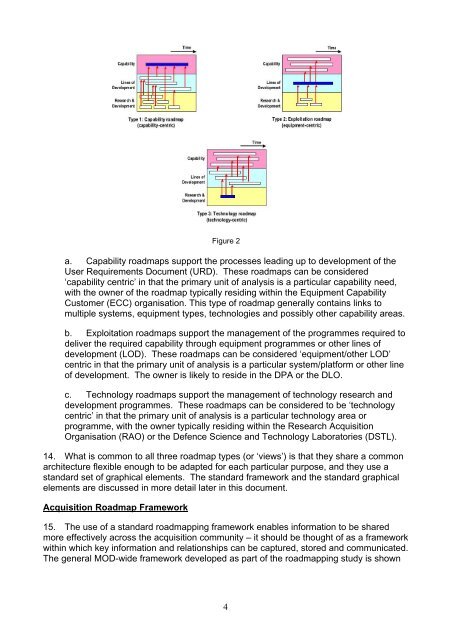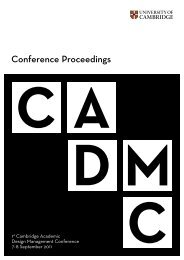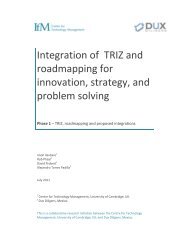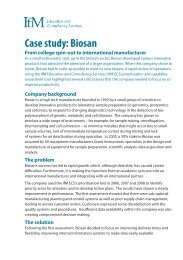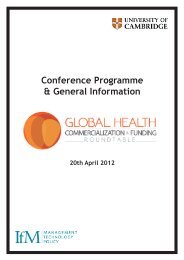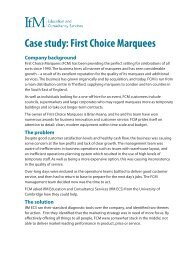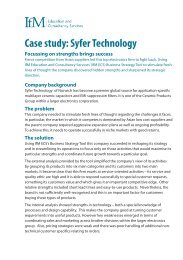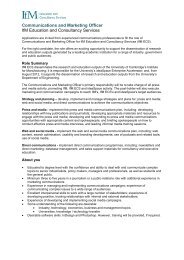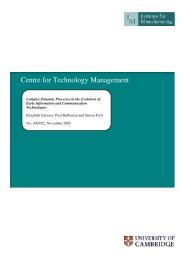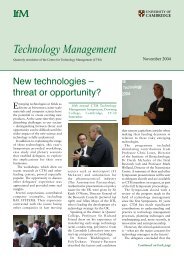Further details are available here
Further details are available here
Further details are available here
Create successful ePaper yourself
Turn your PDF publications into a flip-book with our unique Google optimized e-Paper software.
Figure 2<br />
a. Capability roadmaps support the processes leading up to development of the<br />
User Requirements Document (URD). These roadmaps can be considered<br />
‘capability centric’ in that the primary unit of analysis is a particular capability need,<br />
with the owner of the roadmap typically residing within the Equipment Capability<br />
Customer (ECC) organisation. This type of roadmap generally contains links to<br />
multiple systems, equipment types, technologies and possibly other capability <strong>are</strong>as.<br />
b. Exploitation roadmaps support the management of the programmes required to<br />
deliver the required capability through equipment programmes or other lines of<br />
development (LOD). These roadmaps can be considered ‘equipment/other LOD’<br />
centric in that the primary unit of analysis is a particular system/platform or other line<br />
of development. The owner is likely to reside in the DPA or the DLO.<br />
c. Technology roadmaps support the management of technology research and<br />
development programmes. These roadmaps can be considered to be ‘technology<br />
centric’ in that the primary unit of analysis is a particular technology <strong>are</strong>a or<br />
programme, with the owner typically residing within the Research Acquisition<br />
Organisation (RAO) or the Defence Science and Technology Laboratories (DSTL).<br />
14. What is common to all three roadmap types (or ‘views’) is that they sh<strong>are</strong> a common<br />
architecture flexible enough to be adapted for each particular purpose, and they use a<br />
standard set of graphical elements. The standard framework and the standard graphical<br />
elements <strong>are</strong> discussed in more detail later in this document.<br />
Acquisition Roadmap Framework<br />
15. The use of a standard roadmapping framework enables information to be sh<strong>are</strong>d<br />
more effectively across the acquisition community – it should be thought of as a framework<br />
within which key information and relationships can be captured, stored and communicated.<br />
The general MOD-wide framework developed as part of the roadmapping study is shown<br />
4


